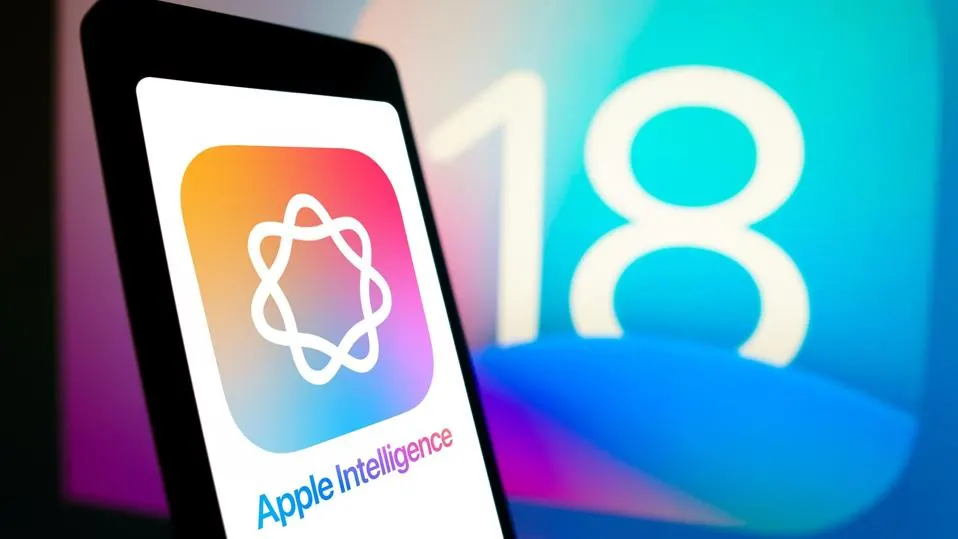Want To Use Big Data? Why Not Start Via Google, Facebook, Amazon, (Etc.)
2 July 2021
Big Data – everyone’s heard about it by now – how it’s going to change the world by curing cancer, ending terrorism and feed the hungry.

Of course, it’s also clear that some people are using it to make a lot of money – adding $15 trillion to the value of the world economy by 2030 by one estimate.
A lot of people might be thinking “that’s great – but it’s not much use to me.” Only large corporations with millions to spend on IT will really benefit, right? And you need vast amounts of data to even be able to make a start?
Well, no! The truth is that it’s very simple to start taking advantage of the quantum-leap in data collection and analysis that has taken place in recent years, to improve our personal and business lives. Many of us probably already are without even realising.
Here’s a breakdown of some of the ways that we are already putting Big Data to work using tools and services which are a part of our everyday lives.
Although it doesn’t advertise itself as such, Google is actually a mountain of data and a set of tools for working with it. It has evolved from an index of web pages to a central hub for real-time data feeds on just about anything that can be measured (think: weather information, travel delays, stocks and shares, shopping… and countless other things).
Big Data analytics – which means using tools designed to sort through and make sense of this data – comes into play whenever we carry out a search. The Google algorithms run complex algorithms designed to match the query you entered with all the data available. It will try to determine whether you are looking for news, facts, people or statistics, and pull the data from the appropriate feed.
For more complex operations– for example, translation, Google invokes other inbuilt algorithms that are themselves based on Big Data. Google’s translate service studies millions of other pieces of translated text or speech, to determine the most accurate interpretation.
Businesses from the very largest to one-man bands are also regularly making use of Big Data analytics, when they advertise through Google’s Adwords service. By learning about us as we surf the web (most obviously, what web pages we like, but a lot more besides…) Google can show us adverts for products and services we might be interested in. Advertisers get access to Big Data analytics when they use Adwords and other services such as Google Analytics to attract people who fit their customer profile to their websites and stores.
Facebook actually has a very similar business and data model to Google – although they are wildly differentiated in their marketing. Each chooses to focus building their corporate image on the aspect of Big Data for which it is best known.
For Google that’s online information, figures and facts. For Facebook, it’s people.Giving us increasingly convenient ways to keep in touch with friends and family has proven to be a huge draw and made Facebook one of the biggest companies in the world in a little over ten years. It also means they have collected a lot of data on us, and we can use this Big Data ourselves. It comes into play when we search for old friends, by matching our search results to people we are most likely to be connected to.
Advanced technologies pioneered by Facebook include image recognition – a Big Data technology which teaches machines to identify the subject or details in a picture or video, by training it with millions of other images. This is what allows it to recognise people in pictures before we tell it who they are, when it suggests friends to tag. It’s also why, if it discovers we like looking at, for example, baby or cat pictures, we will see more pictures of those things in our feed, when our friends share or “like” them.
The detailed understanding of people and their interests also allows Facebook to sell extremely targeted advertising to any business. Facebook can help businesses find potential customers based on detailed demographic and interest data or you can simply let them do their big data magic by finding other customers that are similar to the ones you already have.
Amazon
As the world’s largest online store, Amazon is also one of the world’s largest data-driven organizations. Once again, the differences between Amazon and the other internet giants mentioned here are largely down to marketing. Like Google and Facebook, Amazon offers a wide range of online services including information search, following friends and family, and advertising – however its brand is built on the service it first became famous for – shopping.
Amazon compares products we browse and buy with millions of other customers around the world. By building a profile of our habits, it is able to match us with products and recommendations from others which will most likely fit our needs. The Big Data tech at work here is known as a recommendation engine and Amazon’s was one of the first, and most sophisticated.
As well as shopping, Amazon lets us take advantage of its platform to make money ourselves (for a cut, of course). Anyone who sets up as a trader on their platform benefits from the data-driven recommendations which will, in theory, drive suitable customers towards their listings.
LinkedIn If you are an employer, or a person looking for work, LinkedIn gives access to Big Data that can be of help.
Applicants can be matched to job vacancies based on their skills and experience, and even find data on how they compare to other employees at a company, as well as others who may be competing for the position.
For recruiters, LinkedIn’s Big Data allows talent which matches a particular profile – for example, successful current or former employees – to be discovered.
LinkedIn takes a “walled garden” approach to its data and this brings up one important difference worth considering when choosing where to find and use your Big Data. LinkedIn’s recruiter and applicant services all operate on data which is internal and controlled by the service itself, whereas Google (which also offers job listings, in the US) sucks in data from a large number of external sources. One approach offers potentially higher quality information, with the flipside that it may not be as comprehensive. The other offers larger volumes, which may or may not be what you are looking for.
These are just a few ways in which Big Data – far from being a tool of the well-resourced corporations and the technological elite – is something that many of us are already benefiting from in our day-to-day lives. As more and more data becomes accessible and increasingly sophisticated tools emerge to gain value from it, it is certain we will see the emergence of many more.
Related Articles
Can Your Device Run Apple Intelligence? What You Need To Know
Apple's announcement of Apple Intelligence has sent waves of excitement through the tech world.[...]
10 Amazing Things You Can Do With Apple Intelligence On Your IPhone
Apple Intelligence is poised to revolutionize the iPhone experience, offering a suite of AI-powered tools that promise to make your digital life easier, more productive, and more creative.[...]
Agentic AI: The Next Big Breakthrough That’s Transforming Business And Technology
The world of artificial intelligence is evolving at a breakneck pace, and just when you thought you'd wrapped your head around generative AI, along comes another game-changing concept: agentic AI.[...]
The Employees Secretly Using AI At Work
Imagine walking into your office and noticing your colleague Sarah effortlessly breezing through her tasks with uncanny efficiency.[...]
Battling AI Fakes: Are Social Platforms Doing Enough?
Since generative AI went mainstream, the amount of fake content and misinformation spread via social media has increased exponentially.[...]
Creating The Universal AI Employee Of The Future
Imagine a world where your most productive employee never sleeps, never takes a vacation, and can seamlessly adapt to any role you need.[...]
Sign up to Stay in Touch!
Bernard Marr is a world-renowned futurist, influencer and thought leader in the fields of business and technology, with a passion for using technology for the good of humanity.
He is a best-selling author of over 20 books, writes a regular column for Forbes and advises and coaches many of the world’s best-known organisations.
He has a combined following of 4 million people across his social media channels and newsletters and was ranked by LinkedIn as one of the top 5 business influencers in the world.
Bernard’s latest book is ‘Generative AI in Practice’.










Social Media